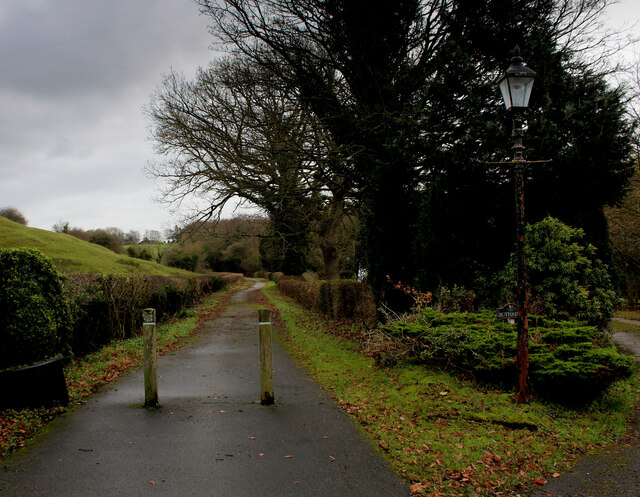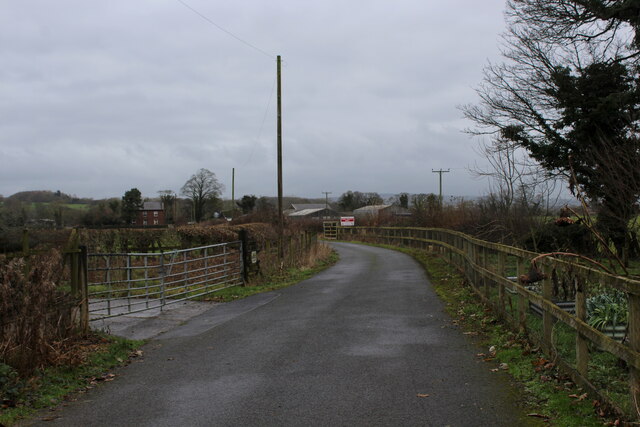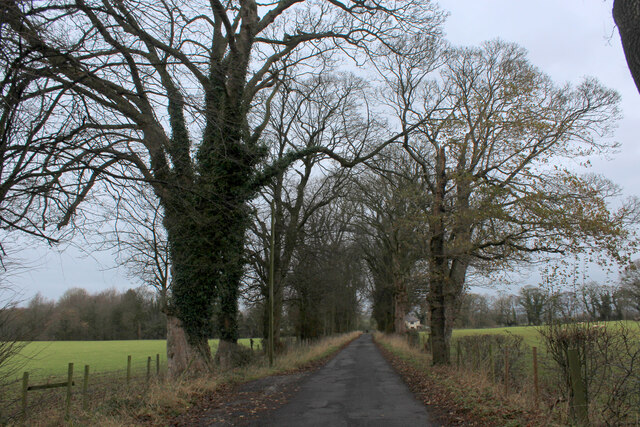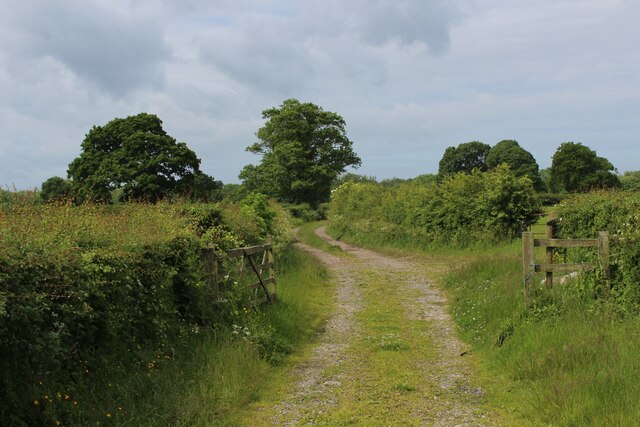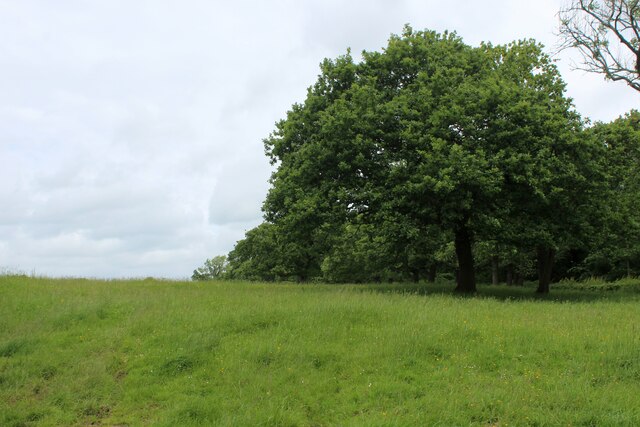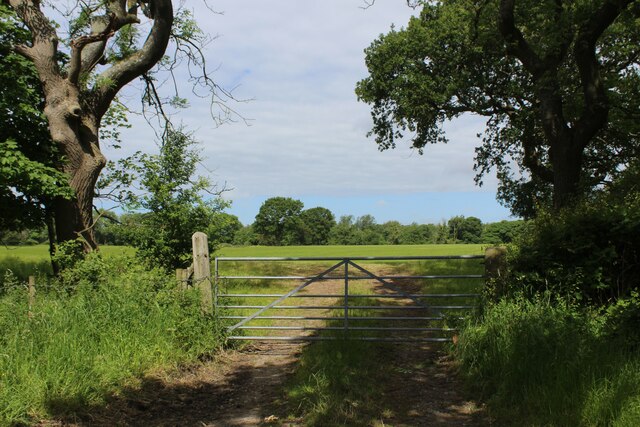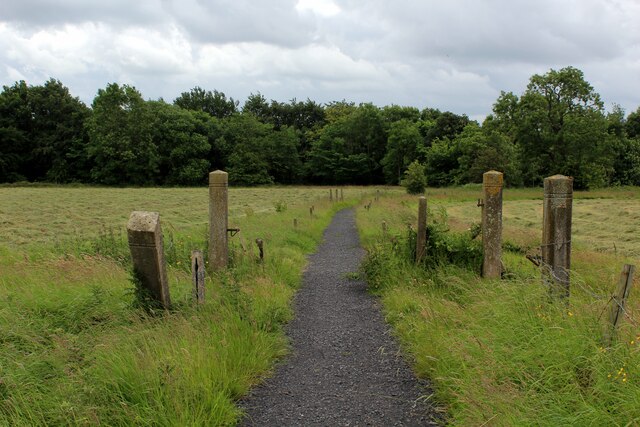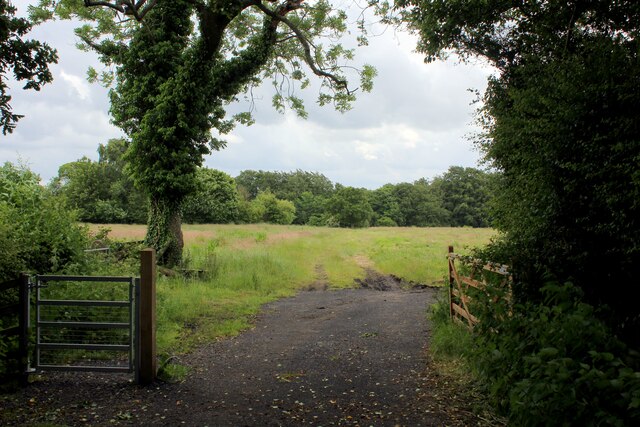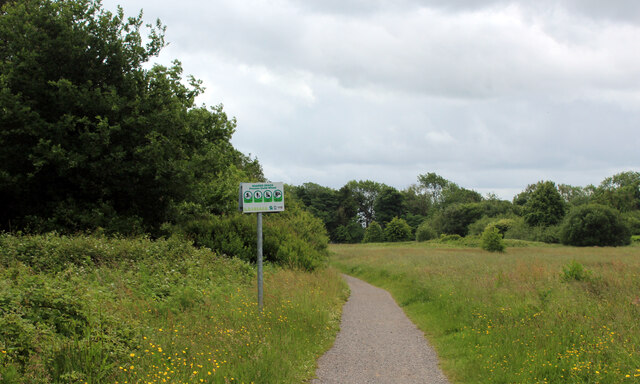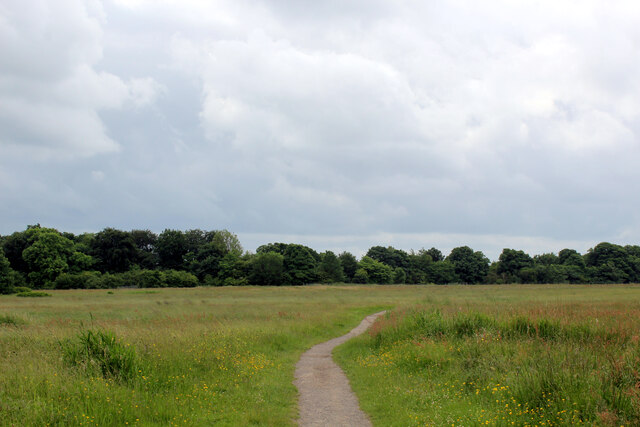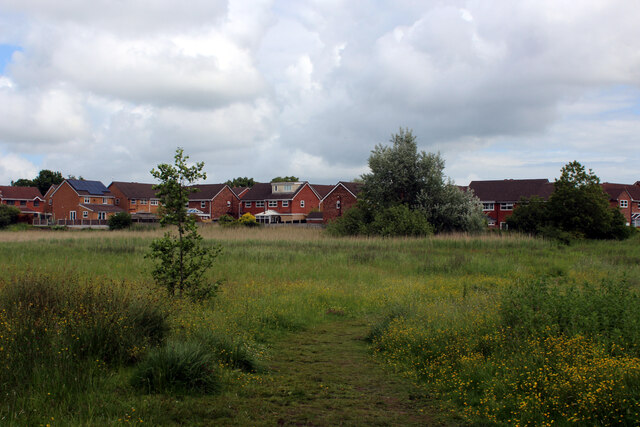Elston
Settlement in Lancashire Preston
England
Elston
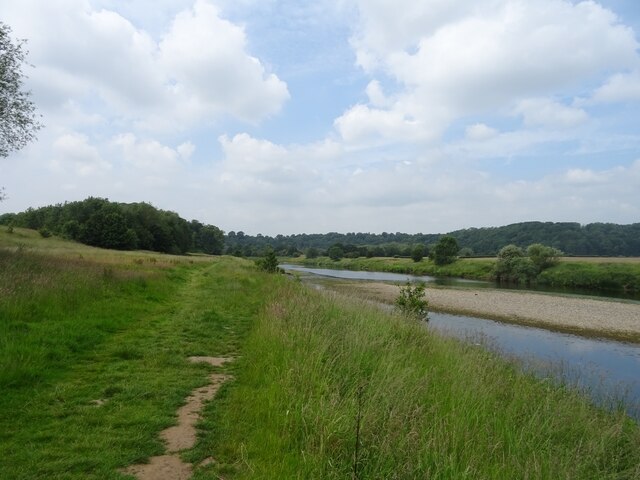
Elston is a small village located in the county of Lancashire, England. Situated in the Ribble Valley district, it lies approximately 5 miles north of the town of Clitheroe. The village is nestled amidst the picturesque landscape of the Forest of Bowland, an Area of Outstanding Natural Beauty.
Elston is a rural community with a population of around 300 residents. It is primarily an agricultural area, characterized by rolling hills, lush green fields, and charming stone-built houses. The village is known for its tranquil and peaceful atmosphere, offering a desirable escape from the bustling city life.
Despite its small size, Elston has a rich history, dating back to the medieval period. The village features several historical landmarks, such as St. James' Church, a Grade II listed building originating from the 16th century. The church serves as a focal point for the community and hosts regular services and events.
Nature enthusiasts will find plenty to explore in and around Elston. The surrounding countryside offers numerous walking trails, allowing visitors to appreciate the stunning scenery and spot local wildlife. Additionally, the nearby River Ribble provides opportunities for fishing and boating.
While Elston lacks major amenities and services, it benefits from its close proximity to Clitheroe, where residents can access a wider range of shops, restaurants, and cultural attractions. Overall, Elston is a tranquil and idyllic village, offering a peaceful retreat in the heart of Lancashire's stunning countryside.
If you have any feedback on the listing, please let us know in the comments section below.
Elston Images
Images are sourced within 2km of 53.786152/-2.6131528 or Grid Reference SD5932. Thanks to Geograph Open Source API. All images are credited.
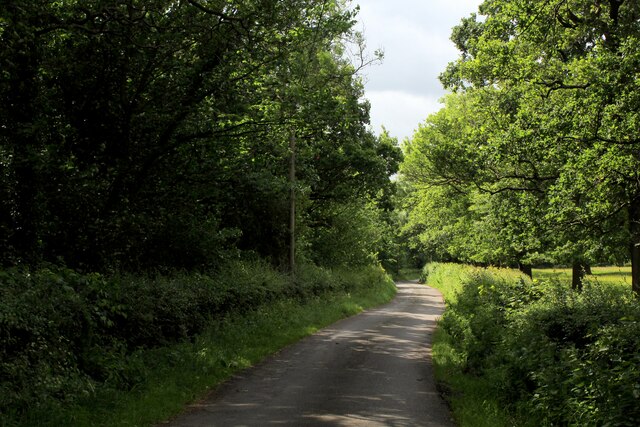
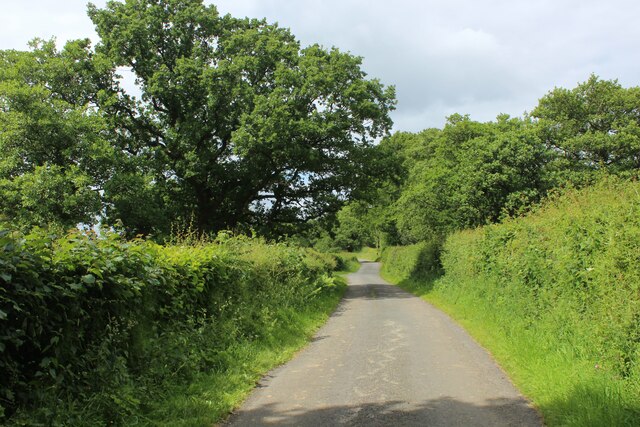
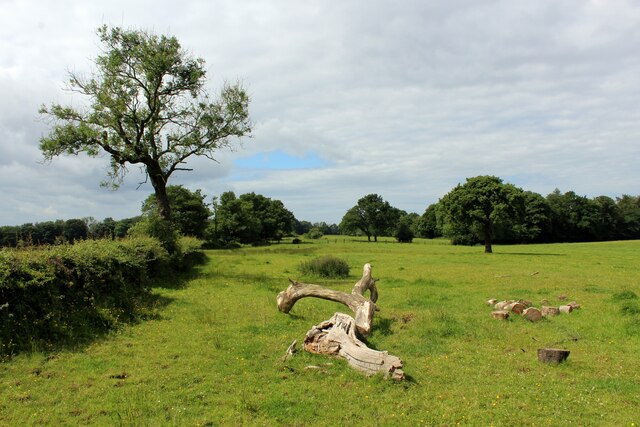
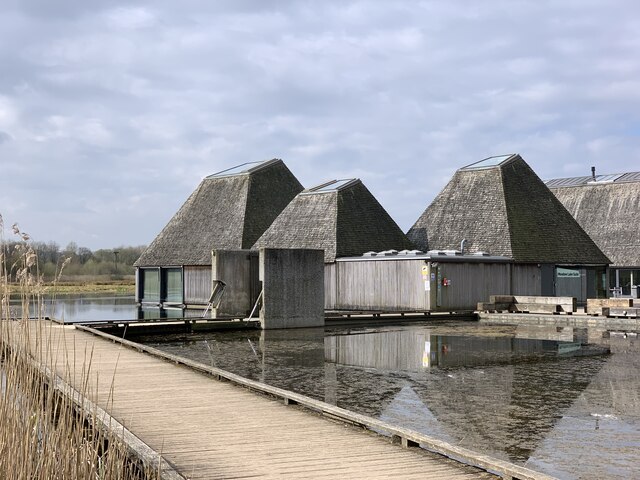
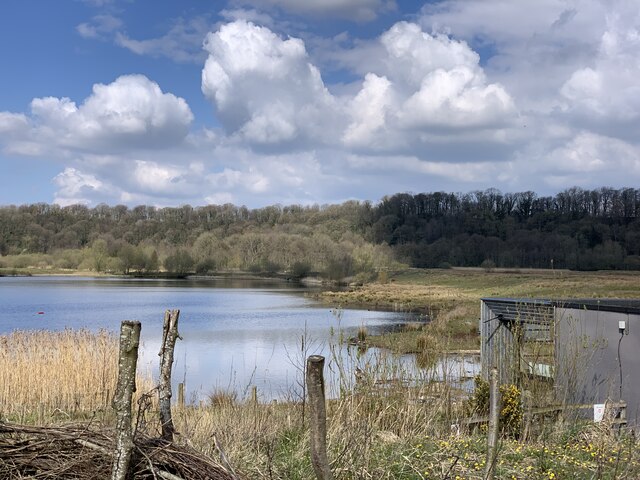
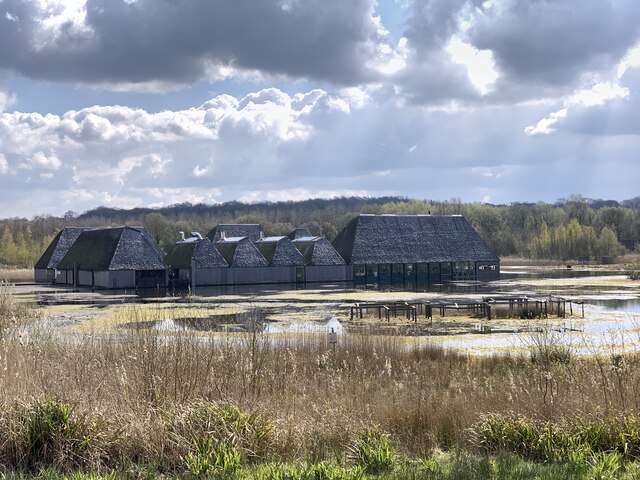
Elston is located at Grid Ref: SD5932 (Lat: 53.786152, Lng: -2.6131528)
Administrative County: Lancashire
District: Preston
Police Authority: Lancashire
What 3 Words
///contoured.songbird.task. Near Longridge, Lancashire
Nearby Locations
Related Wikis
Lancashire dialect
The Lancashire dialect (or colloquially, Lanky) refers to the Northern English vernacular speech of the English county of Lancashire. The region is notable...
Rock FM (Lancashire)
Rock FM is an Independent Local Radio station based in Manchester, England, owned and operated by Bauer as part of the Hits Radio network. It broadcasts...
Lancashire
Lancashire ( LAN-kə-shər, -sheer; abbreviated Lancs) is a ceremonial county in North West England. It is bordered by Cumbria to the north, North Yorkshire...
Brockholes (nature reserve)
Brockholes is a nature reserve near Preston, Lancashire, England, just off Junction 31 of the M6 motorway. It is owned by the Wildlife Trust for Lancashire...
Alston Hall
Alston Hall is a 19th-century Victorian gothic style country mansion located in Longridge (near Preston) in Lancashire, England. It is not to be confused...
St Michael's Church, Grimsargh
St Michael's Church is in the village of Grimsargh, Lancashire, England. It is an active Anglican parish church in the deanery of Grimsargh, the archdeaconry...
Samlesbury
Samlesbury ( or locally ) is a village and civil parish in South Ribble, Lancashire, England. Samlesbury Hall, a historic house, is in the village, as...
Courtaulds Red Scar Works Preston
Red Scar Works was built in 1939 by Courtaulds and produced rayon. It was located in Ribbleton Preston off Longridge Road. The closure of the works was...
Related Videos
SOLO HIKING in the Lancashire Countryside - South Ribble Valley - Nabs Head & Samlesbury Circular.
A lovely 5 mile hike in Lancashire, England. Nabs Head & Samlesbury Circular in the South Ribble Valley!
Great British Walks
In this video we visit Brockholes Nature Reserve in Preston, Lancashire, England. We spend about 3 hours walking in the fresh air ...
Much To Do About Nothing
5 mile gentle walk with my dog enjoying the sunshine to Brockholes Nature Reserve in Preston, Lancashire. 13 February 2023 ...
Have you been to Elston?
Leave your review of Elston below (or comments, questions and feedback).
